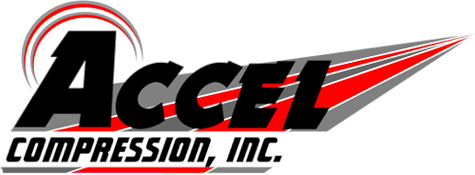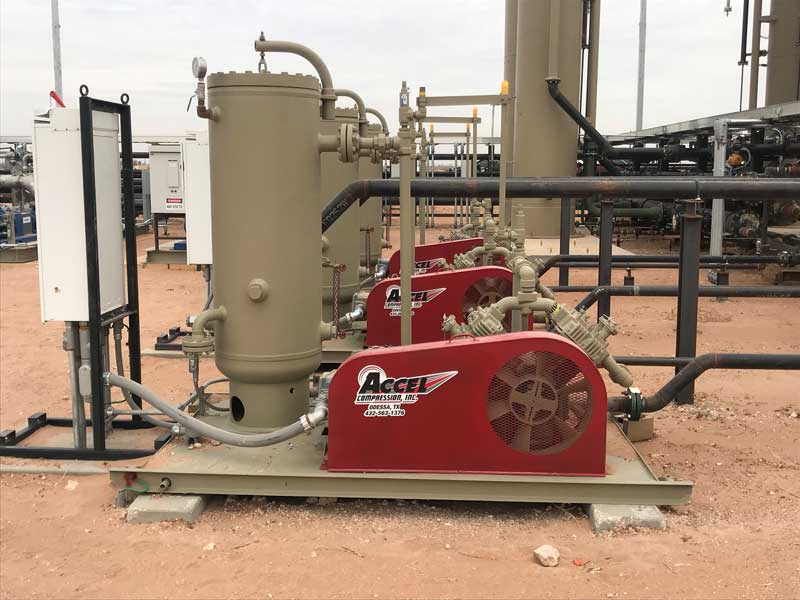Vapor Recovery in Odessa: Turning Emissions into Efficiency & Profit
In the energy and industrial sectors surrounding Odessa, managing hydrocarbon emissions and recovering valuable vapours has become increasingly vital. Vapour recovery systems deliver a smart combination of regulatory compliance, environmental stewardship and cost savings. Below we explore how vapour recovery works, why it matters in the Odessa region, and how companies can implement robust solutions.
What is Vapour Recovery?
Vapour recovery (often via a Vapour Recovery Unit or VRU) is the process of capturing vapours—typically hydrocarbons or volatile organic compounds (VOCs)—that would otherwise escape into the atmosphere during storage, transfer or production operations.
In practical terms: vapours are drawn from tanks or pipelines, compressed and often cooled, then redirected for sale, reuse or safe disposal rather than being vented or flared.
Why Vapour Recovery Is Crucial in Odessa
-
Environmental & Regulatory Drivers – As emission standards tighten, operators in and around the Odessa area must address fugitive vapours and tank‐venting losses. A recovered vapour stream reduces greenhouse gas emissions, diminishes volatile hydrocarbon release and helps meet regulatory requirements.
-
Economic Upside – Vapours are not just waste: they carry value. Instead of being lost to atmosphere, hydrocarbons captured can be recycled or sold. For example, one industry estimate shows a tank battery emitting 50 mscfd loses hundreds of thousands of dollars annually in lost gas.
-
Operational Safety and Reputation – Reducing vapour release also means lowering risks of fire, explosion, or odour nuisance. It supports a company’s reputation as a responsible operator in the Odessa region’s industrial ecosystem.
Key Components & How It Works
A standard VRU system typically includes:
-
A vapour‐intake line from storage tanks or pipelines
-
A compressor or blower to move the vapour stream under pressure.
-
Heat exchange or condenser equipment to cool and condense heavier hydrocarbons if required
-
Control systems (including PLCs, SCADA) for automation and monitoring
-
A storage or disposal path: recovered gas may be sent to a sales pipeline, reused onsite, or flared as last resort.
The process flow is: source vapour → intake/compression → cooling or separation → utilisation/storage or safe disposal. Efficiency depends on correct sizing, matching the flow rate, vapour concentration and discharge pressure.
Best Practices for Local Implementation in Odessa
-
Site Assessment: Every site is unique. Conduct a vapour audit: how many tanks, what types of vapours, what volumes and pressures. Size the VRU accordingly.
-
Select the Right Technology: Options may include blowers (lower cost, lower discharge pressure) or sliding vane/flooded screw compressors (for higher pressure flows).
-
Integration & Monitoring: Incorporate digital control and remote monitoring to optimise operations and respond to changes in vapour flows. Modern systems reduce downtime and maintenance.
-
Regulatory Compliance: Stay up to date with local and federal emissions regulations. Vapour recovery helps you reduce risk of non‐compliance fines, potential permit issues, and public scrutiny.
-
Maintenance & Reliability: Use robust equipment, design for accessibility and schedule preventive maintenance. A reliable system minimises lost opportunity and potential downtime.
-
Economic Analysis: Evaluate ROI – recovered hydrocarbons + reduced emissions risks + compliance = strong business case. Show the value proposition to stakeholders.
Why Operators in Odessa Should Act Now
For operators around Odessa, the time is ripe to adopt vapour recovery solutions. Transitioning from simple venting or flaring to a full recovery system delivers multiple benefits:
-
Immediate reduction in hydrocarbon loss → improved profitability
-
Enhanced environmental performance → improved stakeholder image
-
Stronger compliance posture → fewer regulatory risks
-
Lower safety exposures → safer operations
With energy costs, regulatory scrutiny and environmental pressures all rising, waiting means leaving value on the table—and taking on more risk each year.
Final Thoughts
Vapour recovery in Odessa presents an actionable pathway from waste to value. Whether you’re operating storage tanks, pipelines, well sites or midstream facilities, a well‐designed VRU system adds both economic gain and sustainable practice. By coupling the right technology with diligent implementation and monitoring, you can convert vapour losses into revenue, reduce your environmental footprint and secure a competitive edge.

